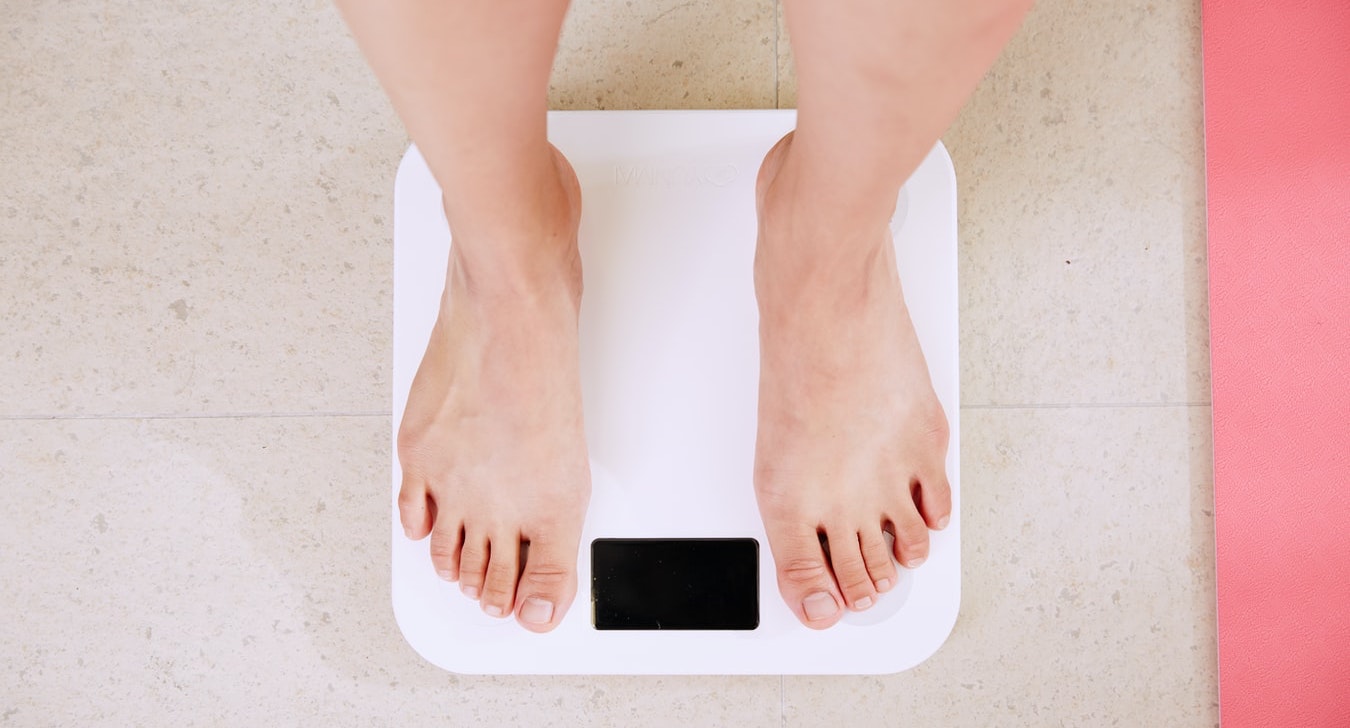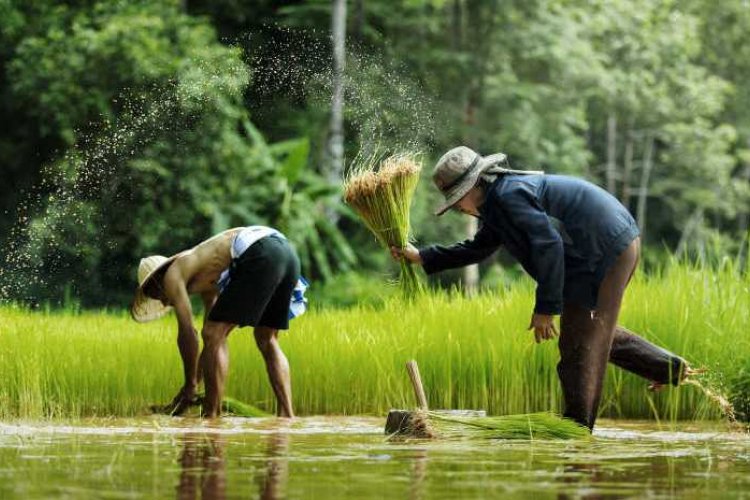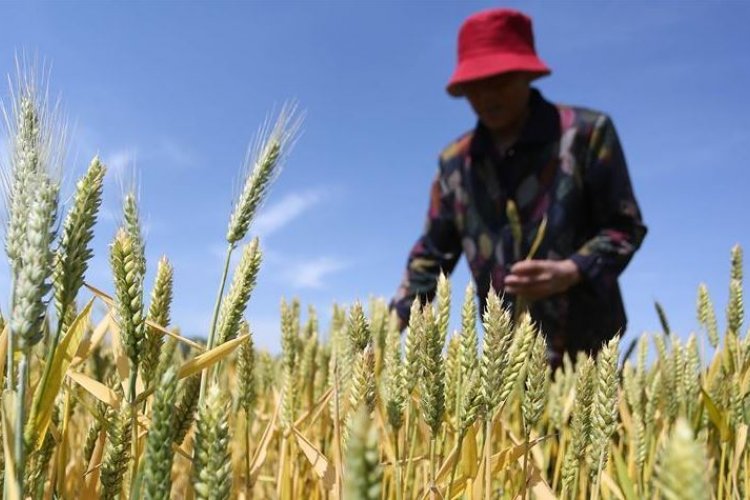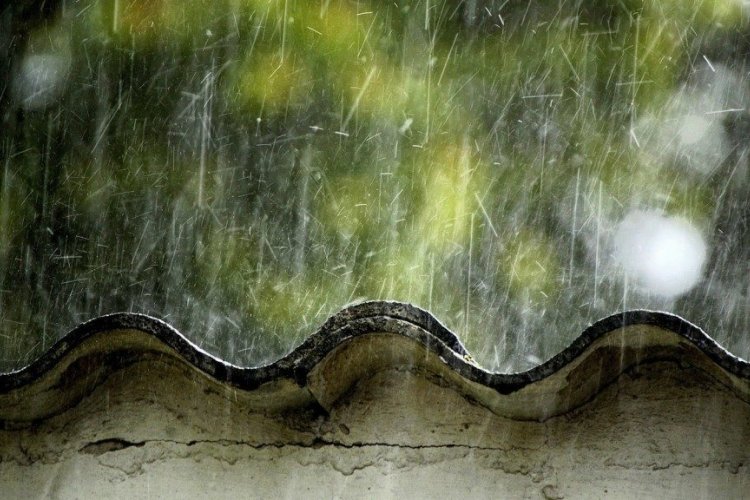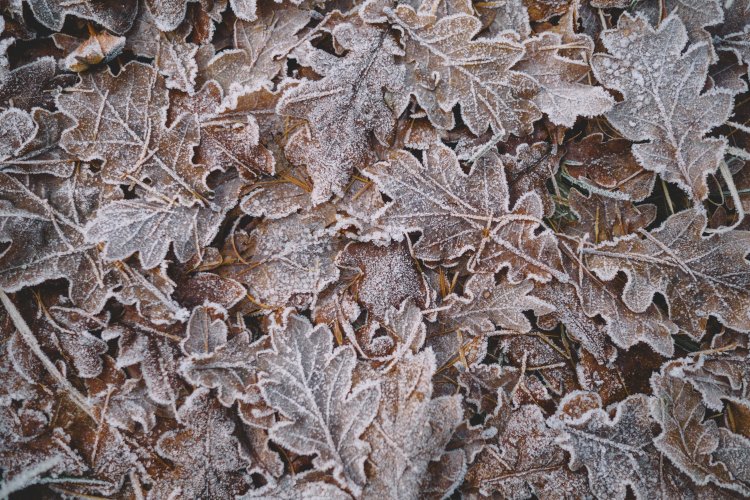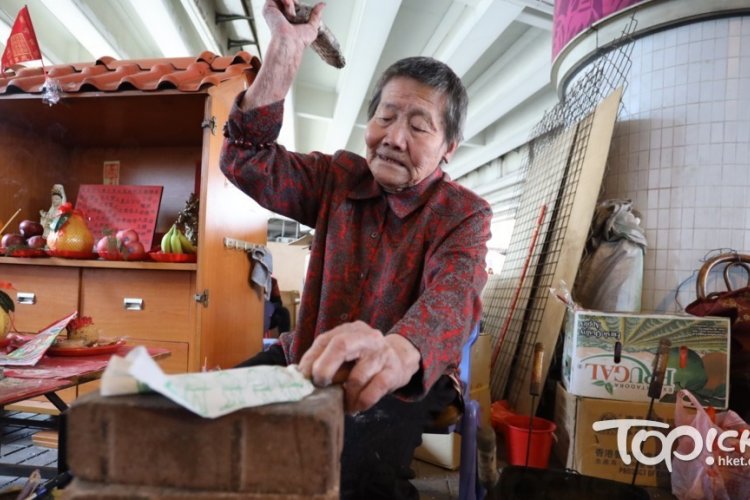Solar Terms 101: Lixia is Here, Which Means It's Time to See How Much You Weigh
The traditional Chinese lunar calendar divides the year into 24 节气 jiéqì solar terms based on seasonal changes and natural phenomenon. They play an important role in guiding agricultural activities, even to this day. But even city-dwellers like us can enjoy them. Each solar term has its own associated customs, traditions, and even recipes. In Solar Terms 101, we delve into what makes each one special...
Name of the solar term: 立夏 lìxià lit. 'set the start of summer.'
Gregorian date: May 6 +/- a day (May 6, 2023).
What is lixia all about?
As we have mentioned in previous Solar Terms 101s, China's solar terms are based on the rotation of the Big Dipper. When the dipper's handle points to the northeast in the night sky, as it does for lixia, ancient Chinese would recognize that it is once again the start of the summer. The character 立 lì in 立夏 lìxià can indicate both “setting a mark” or “standing up," while 夏 xià can mean "big" as well as "summer," as the crops sowed in spring should at this point have broken through the soil and grown straight and tall in the fields.
Weather-wise, given that the solar terms were invented at a time when China's cultural and financial centers lay in the south while Beijing was still a remote town in the country's north, lixia does not always reflect the capital's change in climate perfectly. Yet, you shouldn’t be surprised to witness temperatures climbing during lixia, especially in some years when it can feel like we skipped spring and leaped straight into summer.
One last picnic for spring

Just like guyu that came before, lixia also features three micro seasons. The corresponding natural phenomena of these seasons are, in order, the chirping of male crickets, earthworms burrowing through new ground, and growth of specific types of gourd (as pictured above).
But more importantly, lixia symbolizes the passing from spring to summer. Traditionally on this day, the emperor would lead his courtiers – all dressed in red for hope of an auspicious harvest – to welcome the advent of the summer. During the ceremony, the emperor would also award his courtiers with any remaining ice stores from the previous year.
For commoners, especially those who dwelled around the Yangtze River Delta, this was the last chance to have a picnic before the spring flowers faded away.
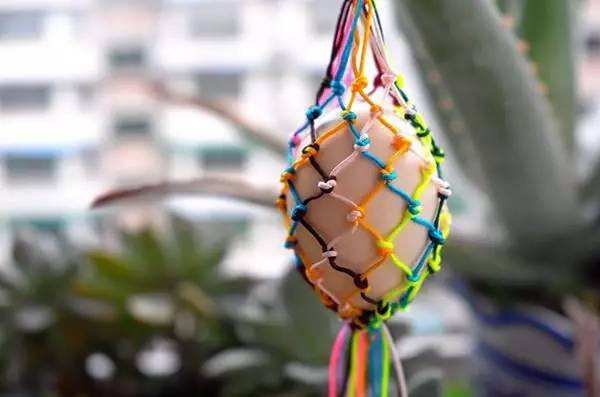
With everything during this time of year thriving, it is only natural for parents wanting the same for their children. In some areas of China, children will wear a mesh bag containing a boiled egg around their neck when they go out to play in the first midday sun of lixia. The children then smash the tops and bottoms of their eggs together, with the child with the last intact egg top claiming ultimate victory while the child with an intact bottom comes runner up. Meanwhile, children who wear an egg around their neck is believed to help prevent abdominal distention, apparently a common occurrence among ancient Chinese children in summer.

After the first lunch of lixia, some villages will even hang up a set of scales for people to be weighed, while the person doing the weighing will provide an entertaining rhyme to wish them abundant nutrition for the year ahead.
What to eat for lixia
There are no signature dishes for lixia and what people eat will generally depend on where in China they are, yet it is commonly believed that you should seek out foods that look like your legs, heart, and eyes for better health. Don't worry, it doesn't need to be gory; these are usually just symbolized in seasonal produce, like bamboo shoots for legs, while peas or berries are fitting substitutes for eyes. In China's southeast coastal areas, shrimp (虾 xiā) is popular since it's a homonym of summer (夏 xià).
Read: Would We Lychee to You? Five Summery Fruits Now in Season

